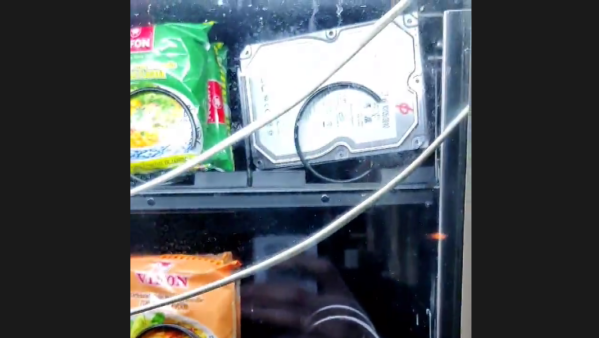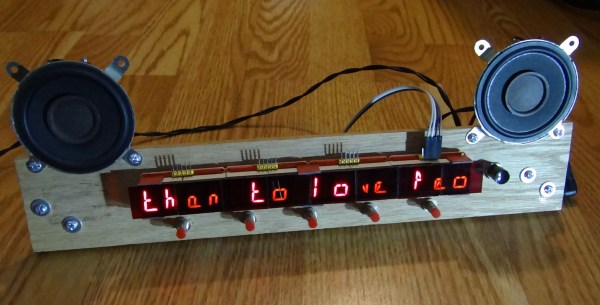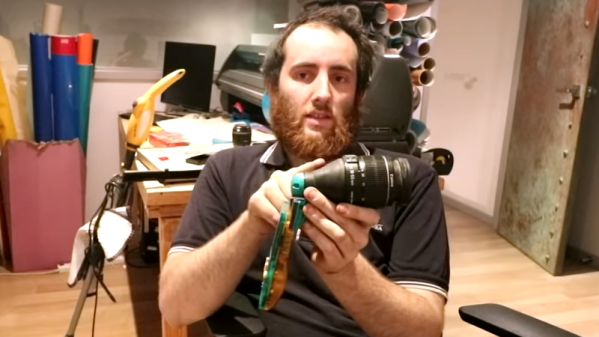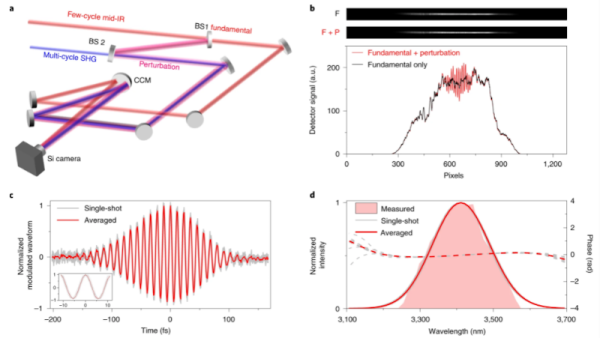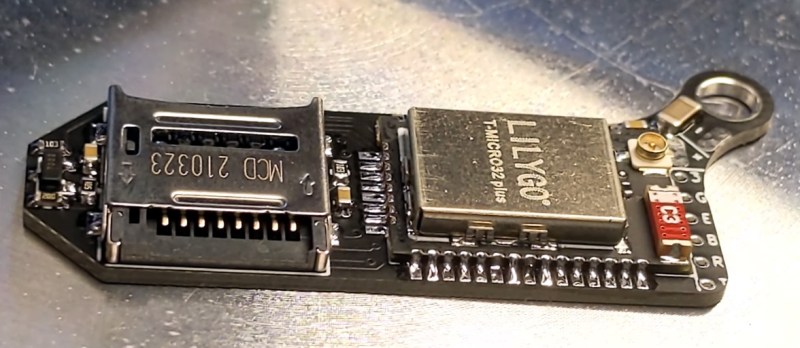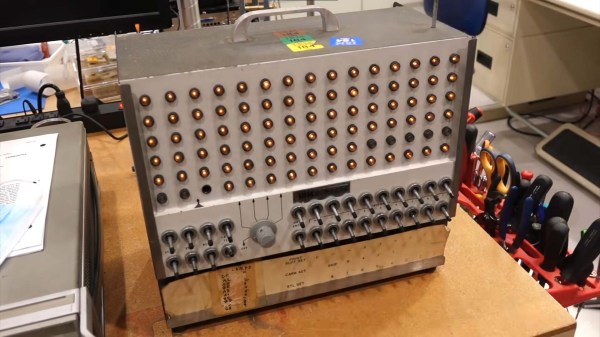The concept of vending machines in hackerspaces is nothing new, but [iooner] took it a step further – as hackers ought to. Putting HDDs into the rotating spring of a repurposed vending machine, right where you’d expect to see a Granola bar, isn’t revolutionary – but we don’t remember anybody doing it before this. And, with how heavy a typical HDD is, you are guaranteed to never encounter the “it just won’t fall down” issue that’s omnipresent with the snack-loaded machines.
Nothing could illustrate the premise of this concept better than [iooner]’s video does, and hackerspaces acquiring and having fun with consumer-facing equipment is always fun to watch. A stereotypical hackerspace vending machine sells resistor packs and Arduino boards, but you wouldn’t see it venture into the realm of data storage and distribution. Given how cheap HDDs are nowadays, this concept could benefit us in a variety of applications – selling new HDDs to members for regular data storage use, or distributing hacking magazine archives and Wikipedia dumps, even exclusive release things like recordings of hackerspace lectures.
If this looks familiar, we’ve reviewed a conceptually similar vending machine five years ago, and quite a few DIY ones. If software piracy is more of your thing, there are likely ways to get HDDs out of vending machines without paying, using either robots or an NFC-enabled phone. And, if you’re going to reuse a vending machine, a primer on reverse-engineering its internal comms bus could be of help.
Continue reading “HDD Vending Machine Works Like A Vending Machine Should”

